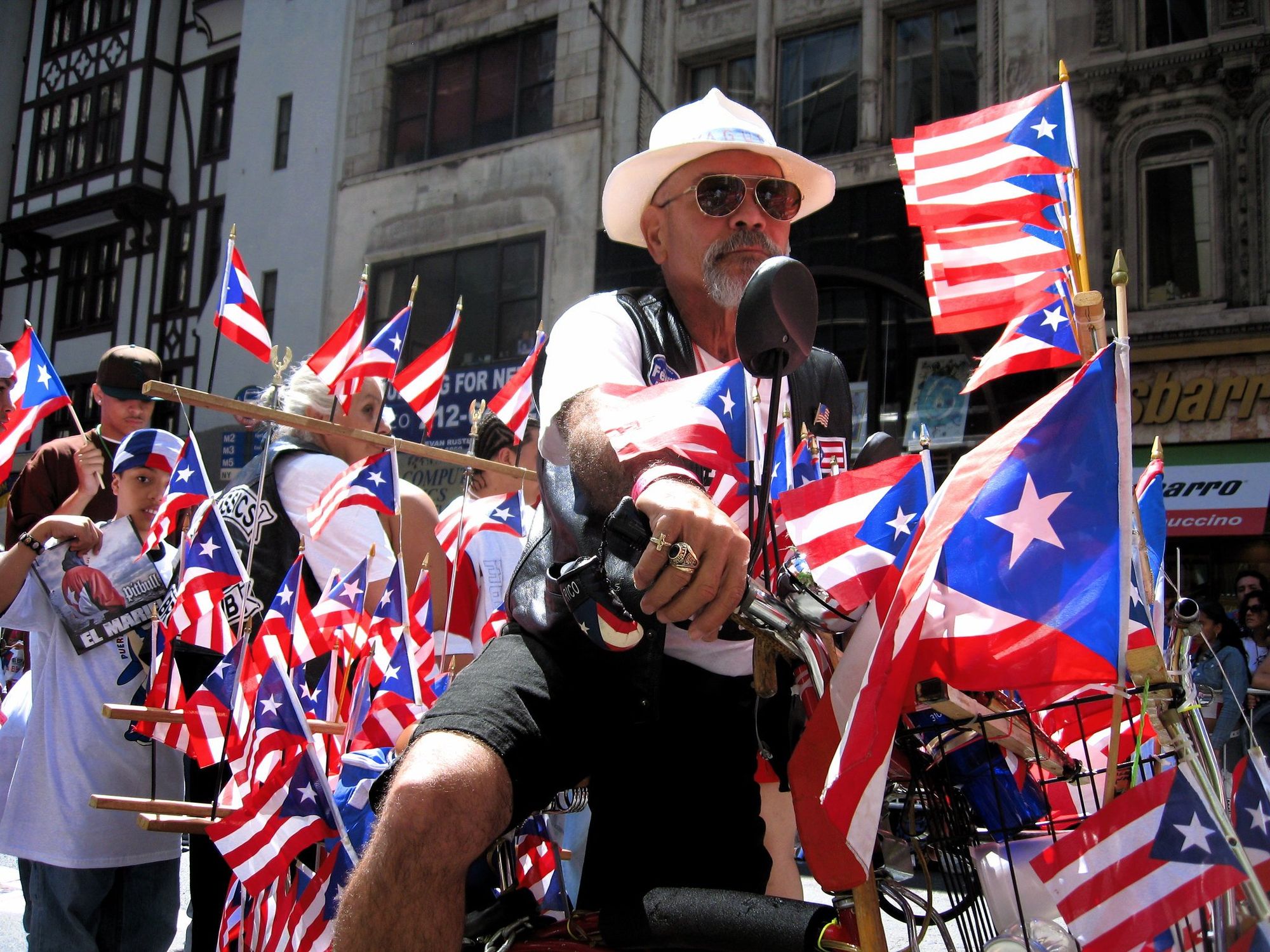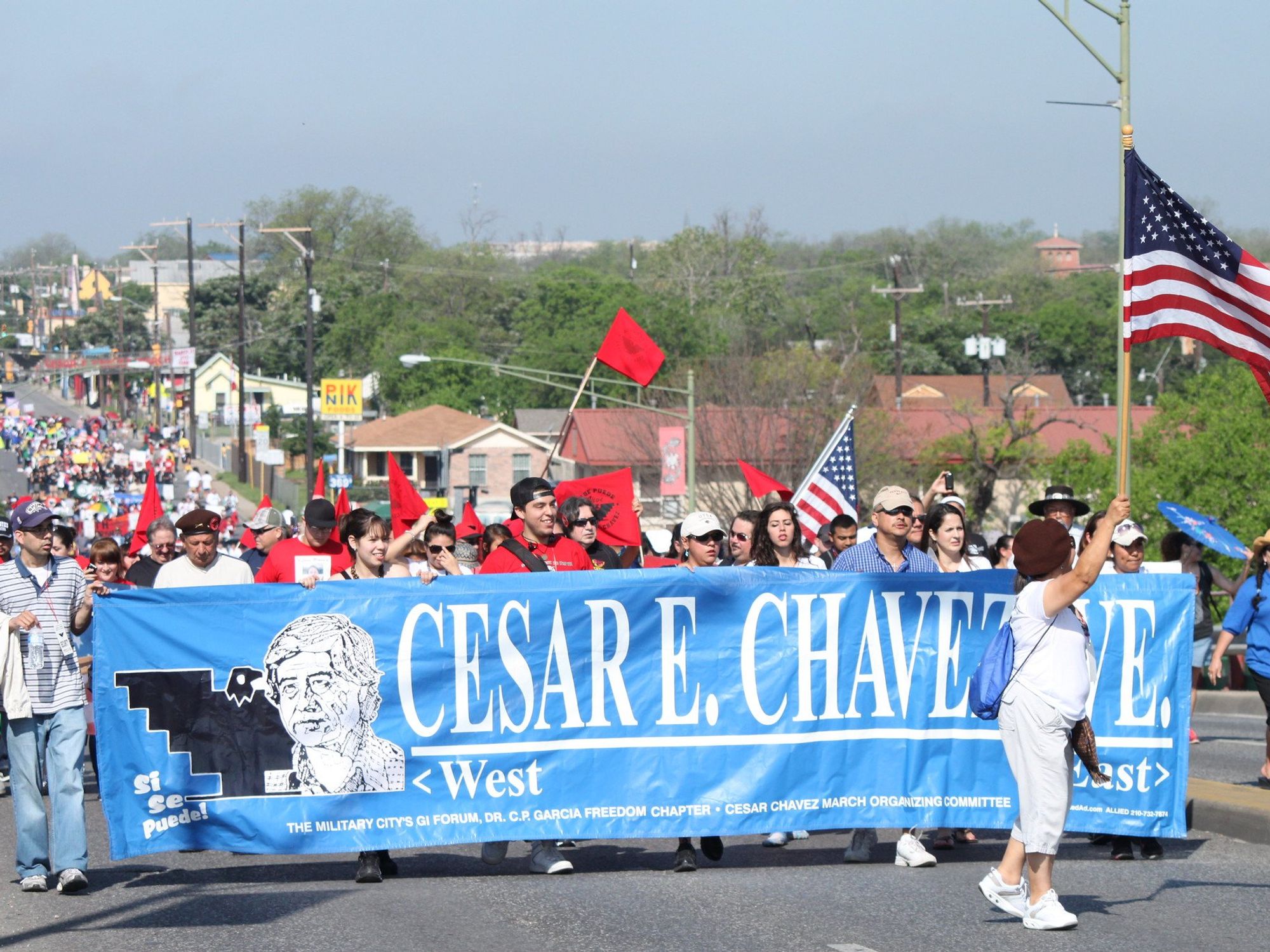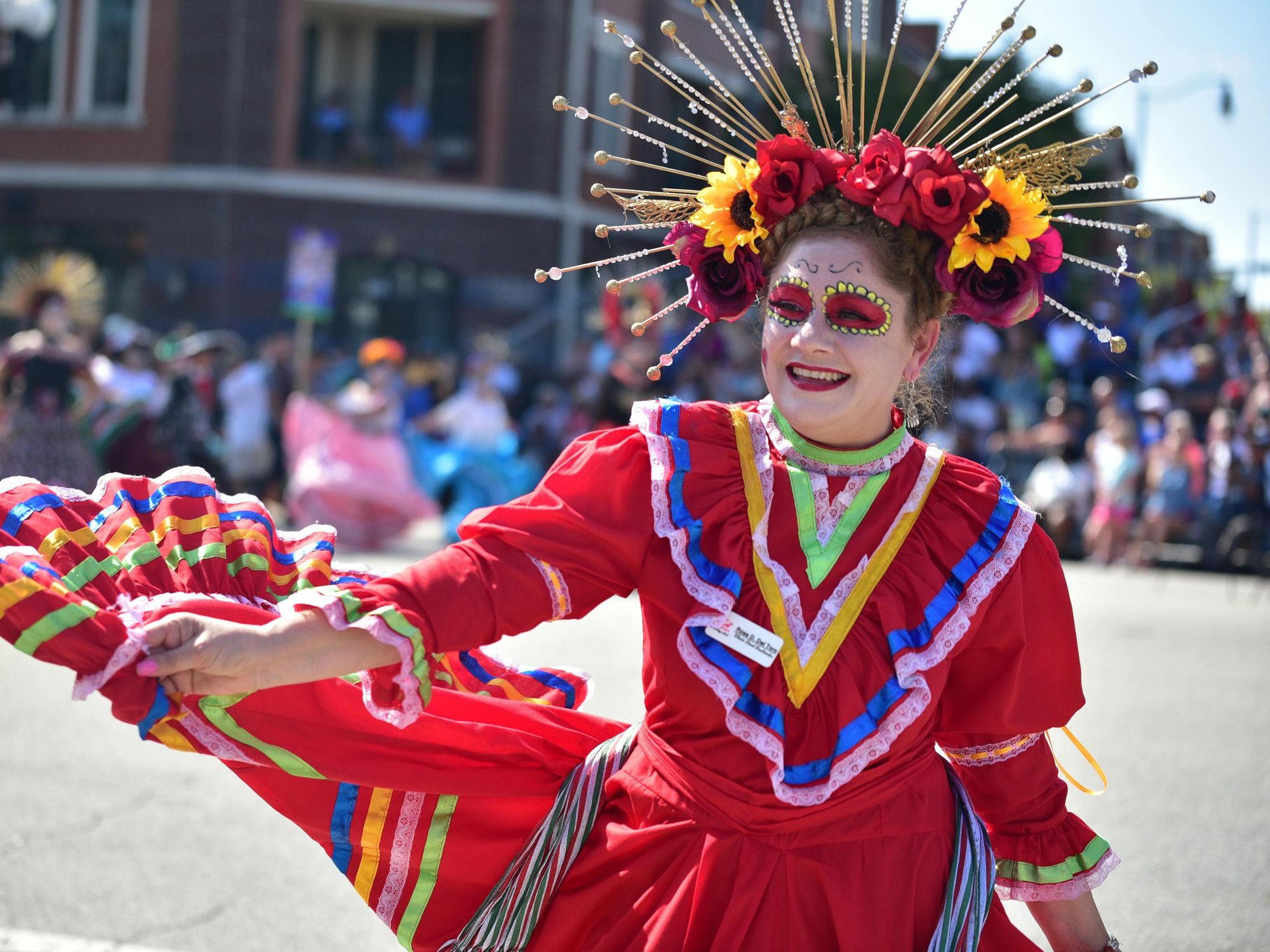
My client stood at the turnstile without so much as a dollar in his pocket that day. He could miss his parole meeting and risk getting thrown back in jail — or he could jump the turnstile and risk arrest for breaking the law. An impossible choice. He jumped, and a few hours later, he was in a jail cell.
The Costs of Criminalizing Poverty
It cost New York City taxpayers around $2000 in jail costs and court fees to process my client’s arrest over the “theft” of a $2.75 subway fare and roughly $800 more for each night of incarceration that the prosecutor was fighting for: jail was the punishment for poverty. It is shortsighted to counter with the argument that my client “should have thought about the consequences before breaking the law.” Such a shallow analysis ignores the much deeper, unaddressed systemic problems and inequities at hand.
Our state and federal governments spend over 180 billion dollars a year on law enforcement, jails, and prisons. In my hometown of New York City, 500 new public transit police officers are being hired to enforce “quality of life offenses,” such as fare evasion, loitering, open container, and panhandling that are better described as crimes borne of poverty. The price tag for these extra cops? $56.1 million.
Seven cops on the fare evasion beat at Broadway Junction. This must get boring.pic.twitter.com/aLSPWDh4n9— David Brand (@David Brand) 1573077473
But more than a misuse of funds, these investments in “tough on crime” approaches end up destabilizing lives and exacerbating harm. The punitive, “one size fits all” approach of the mass incarceration system does not make communities safer – it entrenches the root causes of “crime” – like racism, poverty, lack of access to housing, healthcare, and employment. It is also a recipe for increases in incidences of state sanctioned violence.
The effects of over-policing in our subways has been on full display recently. Photos of seven or eight officers stationed next to turnstiles in subway stops in predominantly black and brown neighborhoods are making the rounds. Videos of officers brazenly drawing their weapons on an unarmed black teenager in a subway car or wailing on a group of black teenagers on the subway platform are going viral on social media.
In case you’re wondering how an arrest in NYC goes down. The guy has made absolutely no indication that he would flee or fight and wasn’t trying to hide.
If you can’t see, the reason everyone moved was because all the police had taken out their guns and aimed at him. pic.twitter.com/dAstrtMntz
— Elad Nehorai (@PopChassid) October 25, 2019
Police Can't Fix Poverty
The fact of the matter is that police are not the answer to social ills or public health issues. There is a compelling argument to be made that they are not the answer to addressing violence in communities either. Violence needs to be treated as a public health issue and one that is better approached with proactive, preventative care through community-led, violence interruption programs. These programs are more effective in reducing gun violence in the communities they serve than what our police departments and criminal legal system have been able to.
This came into full view through the tragic death of Jordan Neely, a 30-year-old former Michael Jackson impersonator who struggled with mental illness. Neely entered a subway car and started shouting about how hungry he was and that he was willing to return to jail or die if he didn't get help. In response to Neely's outburst, Daniel Penny, 24, then put Neely in a chokehold from behind for several minutes until Neely died. Despite killing an unarmed man in mental distress and screaming about his extreme hunger, Penny wasn't immediately arrested, causing significant public outrage and a larger discussion about the criminalization of poverty and the racial dynamics of who gets arrested and who doesn't.
Penny was ultimately charged with manslaughter and criminally negligent homicide which he has since plead not guilty to.
Examples Exist of Effective Violence Prevention and Reduction
Cure Violence, a program that uses methods and strategies to reduce violence, is showing results across the country. In the New York City neighborhoods of the South Bronx and East New York, there has been a 37%-50% decrease in gun violence in the areas they service. In Baltimore, the model contributed to a significant drop in shootings in the four communities they were present in, the highest being a drop of 34% in one community.
Countless other holistic services that treat trauma and change behavior continue to go underfunded and are forced to ration life-changing resources among those who harm and survivors of harm alike. Schools continue to beg for funding to hire more teachers, and social workers and to increase programming like art classes that are proven to reduce anti-social behavior. Hospital workers have taken to the picket lines to fight for the money to allow for safer staffing. Communities continue to ask their representatives when their neighborhoods might become home to truly affordable housing.
Yet we continue to increase the funding, militarization, and the reach of law enforcement as the solution – despite the evidence that these interventions do not create real safety and stable communities. The effects of the way we police have proven time and time again that they do very little to address the public health issues faced by our most vulnerable and resource-starved communities. On the contrary, they consistently make the case that we need first responders who are not police officers and social safety nets as a means to achieve safer, healthier communities.
Tonight as I was leaving Broadway Junction, I saw three or four police officers (one of them was either a plainclothes cop or someone who worked at the station) gathered around a crying woman and her churro cart. Apparently, it's illegal to sell food inside train stations. 1/?pic.twitter.com/sgQVvSHUik— Sage Newman (@Sage Newman) 1573277421
A woman selling churros is arrested and had her property confiscated.
On the day my client evaded that $2.75 fare, he was sober, a volunteer for a drug treatment program, and finally had both a stable housing situation and healthy relationship. He was years removed from the violent conviction that had ultimately landed him on parole supervision. To impose a jail sentence now was costly and not just in taxpayer dollars. It would do nothing to serve my client’s wellness or public safety. On the contrary, it would jeopardize his sobriety, his housing, and his relationships that rooted him in his community – all factors that increase the likelihood of someone successfully returning to and staying in their community.
We can do better. We must do better. We need to recognize that so much of the money currently spent on over-policing and over-surveilling our most vulnerable communities is not simply an investment with poor returns, but actually exacerbates and, in many ways, causes the problem and makes us all less safe. Ours is a system that further destabilizes on contact and keeps people trapped in a cycle of criminalization and incarceration. We need to invest in each person’s humanity and provide every opportunity to heal. Invest in the root causes of crime and harm. Invest in harm reduction and stabilizing lives through access to transportation, housing, health care, education, and jobs to achieve the best public health and public safety outcomes.










 Photo by
Photo by 










